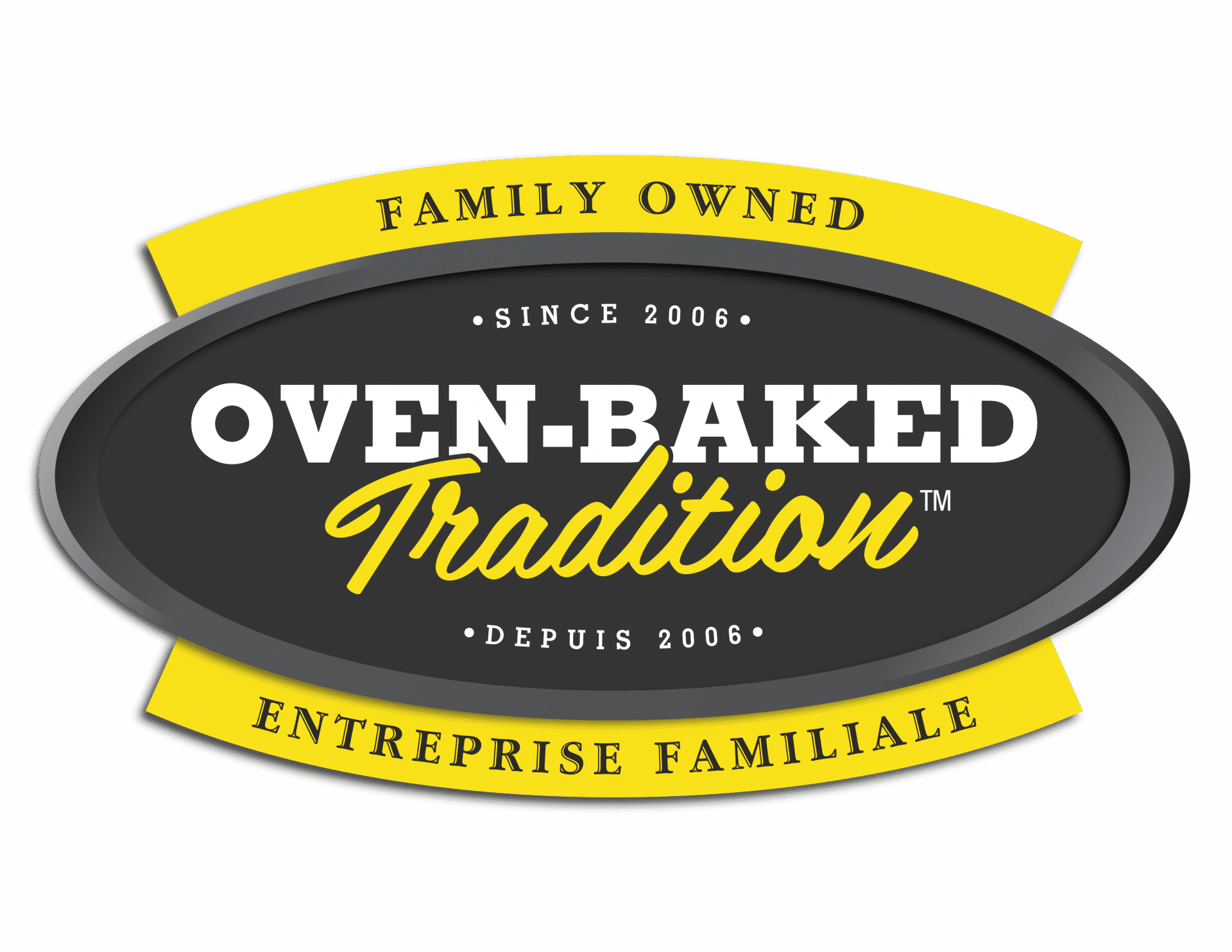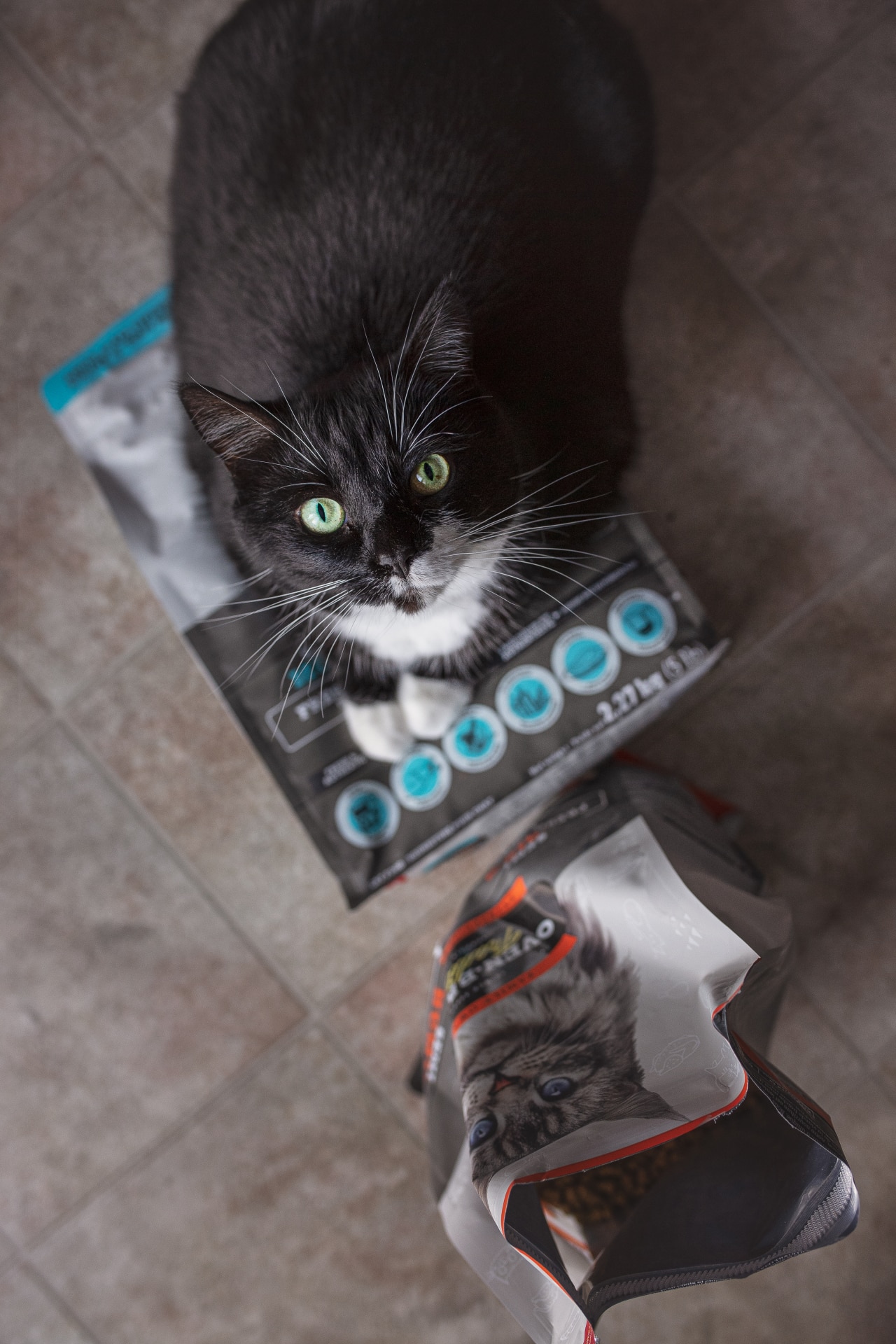You are welcoming a new member in your family? Congratulations! A puppy is basically a baby that has a lot to learn about the world and its new family. Here is how you can help it:
Choosing the right time
You should wait until the puppy is at least eight weeks old before you bring it home. In the meantime, prepare your house so that it is puppy proof by making sure all dangerous products are locked and no small objects are left where a small curious puppy might get them into its jaws. Make sure you bring your puppy home when you have time, during your vacation, for instance, but follow a calm and normal daily routine for it to get used to. Your puppy needs you to be home so that you can be there to teach it all it has to know about the world and to create a strong bond with it. Eight weeks old puppy also cannot hold it for more than three or four hours, so if you are away at work all day long, you have to think of a solution like having someone come over during lunchtime. You can also expect to loose a couple of hours of sleep during the first weeks, so make sure that you do not welcome a puppy during a very stressful time at work or in your life. To manage some hours of sleep at night and limit the puppy’s crying, you can keep its bed or crate near your bed, and move it gradually night after night to the location where you wish your puppy to sleep.
Of course, it you want your puppy to feel at home, you have to make sure that it has things to call its own like a bed, a collar with an ID tag, bowls, high-quality puppy food such as Oven-Baked Tradition’s, and a lot of toys!
Introducing the whole wide world to your puppy: socialisation
Up until it is sixteen weeks old is a critical socialisation period for your puppy. This means that now is not the time to keep it confined into the yard: now is the time for it to learn about the world by being exposed to a lot of different things and situations. Socialisation does take some time and some planning, but it is a lot easier to go through a full socialisation period than having to manage and re-educate an older dog that was not properly socialised.
Here are some things that you will need to expose your puppy to:
– different living environments: a busy city with a lot of pedestrians, bikes and cars, a rural environment with open fields and animal farms, forests which are full of sounds and smells, parks with loud children, runners and ball games, stores full of weird items and people, houses or apartments that have different types of flooring, balconies, stairs or elevators, cars, etc.
– things and sounds: umbrellas, snow suits, gardening supplies, vacuums, hockey sticks, hats, thunderstorms, door bangs, ring bells, etc.
– animals: dogs of all breeds and sizes, cats, farm animals, wild animals, and any other domestic animals your puppy might encounter like rodents, reptiles or birds, etc.
– people: men, women, children and older people, of all sizes and nationality, and people with disabilities, etc.
You should expose your puppy to all of these things, and you should make sure that you respect its feelings and introduce them gradually so that it does not get frightened. All experiences must be GOOD experiences, so make sure to avoid all potentially negative encounters. This will result in a confident and positive puppy.
Here is a great checklist for socialisation: http://woofology.com/DrYinPupSocializationList[1].pdf
Supervising your puppy
Your puppy comes into your house without knowing the house rules or what is expected of it. You have to teach it everything about what is wrong and what is right, and you have to do it positively so that it becomes a confident puppy with who you share a strong and harmonious bond. To help your puppy avoid mistakes, you have to supervise it at all times during the first few weeks. That way, you can catch any bad behaviour waiting to happen and redirect your puppy to the action you wish it would do instead. Your puppy is about to pee on the carpet or get its teeth on a cushion? You can catch it in the moment and bring it outside or give it a proper toy. Of course, it is humanely impossible to spend 24/7 supervising your puppy, hence why a crate or a kennel can come handy. When you cannot supervise your puppy, it should be in its crate or kennel where it will not make any mistakes and where it will be able to relax (puppies need a lot of sleep, just like babies!). It is a lot easier to teach your puppy new behaviours if it does not have the chance to develop, and rehearse, bad ones.
A crate also facilitates one of the first “rule” a puppy needs to learn: no potty inside the house! Dogs are clean animals, and dogs will avoid at all cost to soil the place where they sleep. In its crate, your puppy will have to practice holding it, and when you leave it out, also bring it immediately outside so that it can associates the outdoors with the right place to do its thing. The crate is just a training tool, and it should not ever be used as punishment. In fact, if you supervise your puppy when you can and put it in its crate when you can’t, you will have no reasons whatsoever to punish it, ever! And this means that all your interactions can be 100% positive, which is definitely something that both you and your puppy will feel very good about.
It is true that raising a puppy takes a lot of time and dedication. It is however a time investment that is well worth it, as you will have an easier and happier dog to manage for many years to come.
Want to learn more? Here is a recommanded read: The perfect puppy by Dr. Sophia Yin


